My Bean Pics 2
cowabunga1
15 years ago
Related Stories

SUMMER FRUITS AND VEGETABLESSummer Crops: How to Grow Beans
Grow your own beans for amazing variety and healthy, convenient produce all summer
Full Story
DECORATING GUIDESBean There, Done That: Coffee Table Alternatives
Get creative with these ideas for salvaged and DIY pieces that will get people talking
Full Story
PETSUpload of the Day: Catwalks Keep Pets Happy in a Candy-Colored Condo
Shelves and wall-mounted boxes keep 2 cats active and entertained while their guardian is at work making jelly beans
Full Story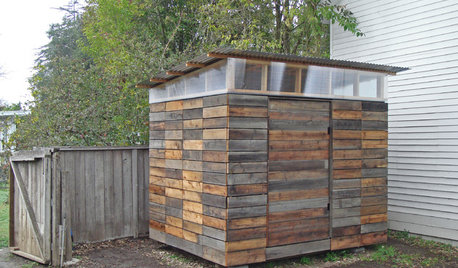
STORAGE2 Weeks + $2,000 = 1 Savvy Storage Shed
This homeowner took backyard storage and modern style into his own hands, building a shed with reclaimed redwood and ingenuity
Full Story
DECORATING GUIDESFrom Queasy Colors to Killer Tables: Your Worst Decorating Mistakes
Houzzers spill the beans about buying blunders, painting problems and DIY disasters
Full Story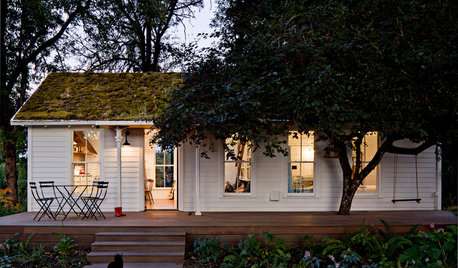
SMALL HOMESHouzz Tour: A Family of 4 Unwinds in 540 Square Feet
An extraordinarily scaled-down home and garden for a couple and their 2 kids fosters sustainability and togetherness
Full Story
PETSHouzz Call: Looking for Dogs in Design
Share a Pic of Your Pet, and He or She Could Star on Our Homepage
Full Story
MOST POPULAR40 Dogs Who Are Having a Way Better Summer Than You
Houzzers share pics of their canine companions living it up — or getting down with relaxing — on warm days
Full Story
Call for DIY Projects: Show Us What You've Got!
Share a Pic of Your Handiwork with the Houzz Community
Full Story
PETSHouzz Pet of the Week: Thurza Honeybunny
You Sent Us Your Pet Pics, and We Fell in Love Over and Over Again. See Why
Full StorySponsored






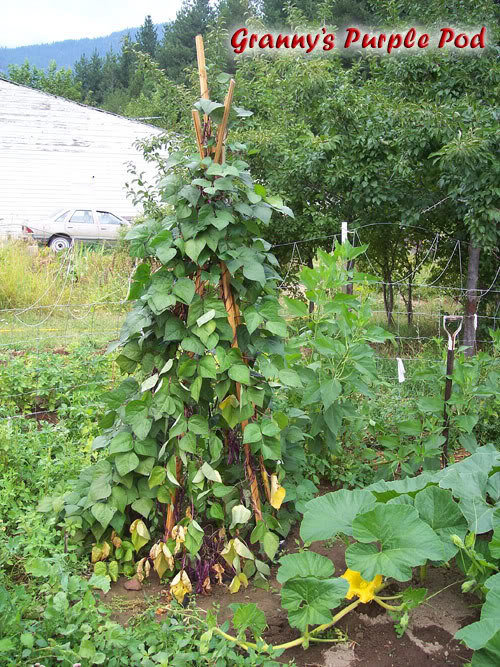

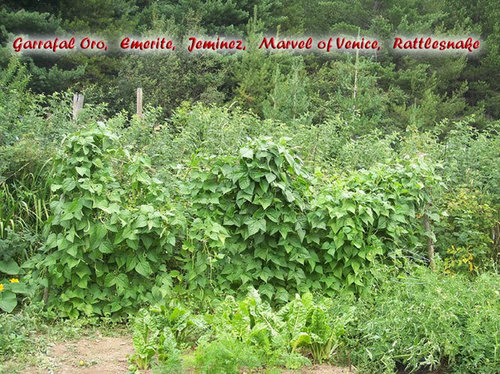



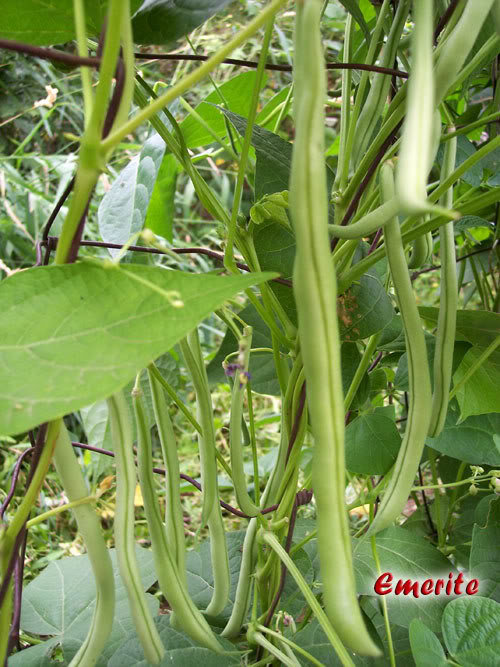
chaman
cowabunga1Original Author
Related Professionals
Reading Landscape Architects & Landscape Designers · Walnut Landscape Architects & Landscape Designers · Arlington Landscape Contractors · Boca Raton Landscape Contractors · Bound Brook Landscape Contractors · Cornelius Landscape Contractors · Laguna Hills Landscape Contractors · Natick Landscape Contractors · Nutley Landscape Contractors · Post Falls Landscape Contractors · Ridgewood Landscape Contractors · Blue Springs Decks, Patios & Outdoor Enclosures · Mitchellville Decks, Patios & Outdoor Enclosures · Vero Beach Decks, Patios & Outdoor Enclosures · Scotts Valley Decks, Patios & Outdoor Enclosureszeedman Zone 5 Wisconsin
cowabunga1Original Author
zeedman Zone 5 Wisconsin
chaman
cowabunga1Original Author
hemnancy